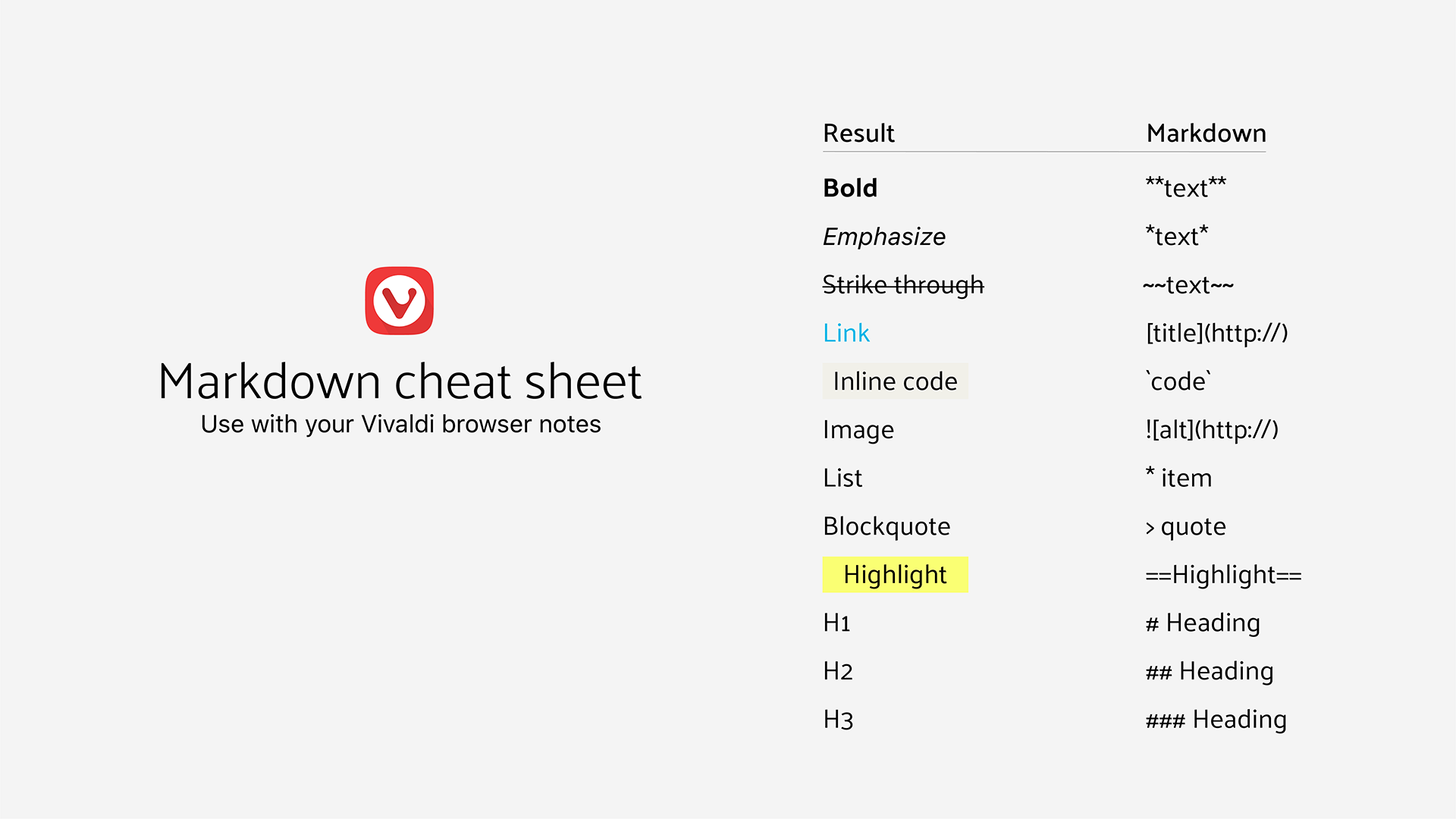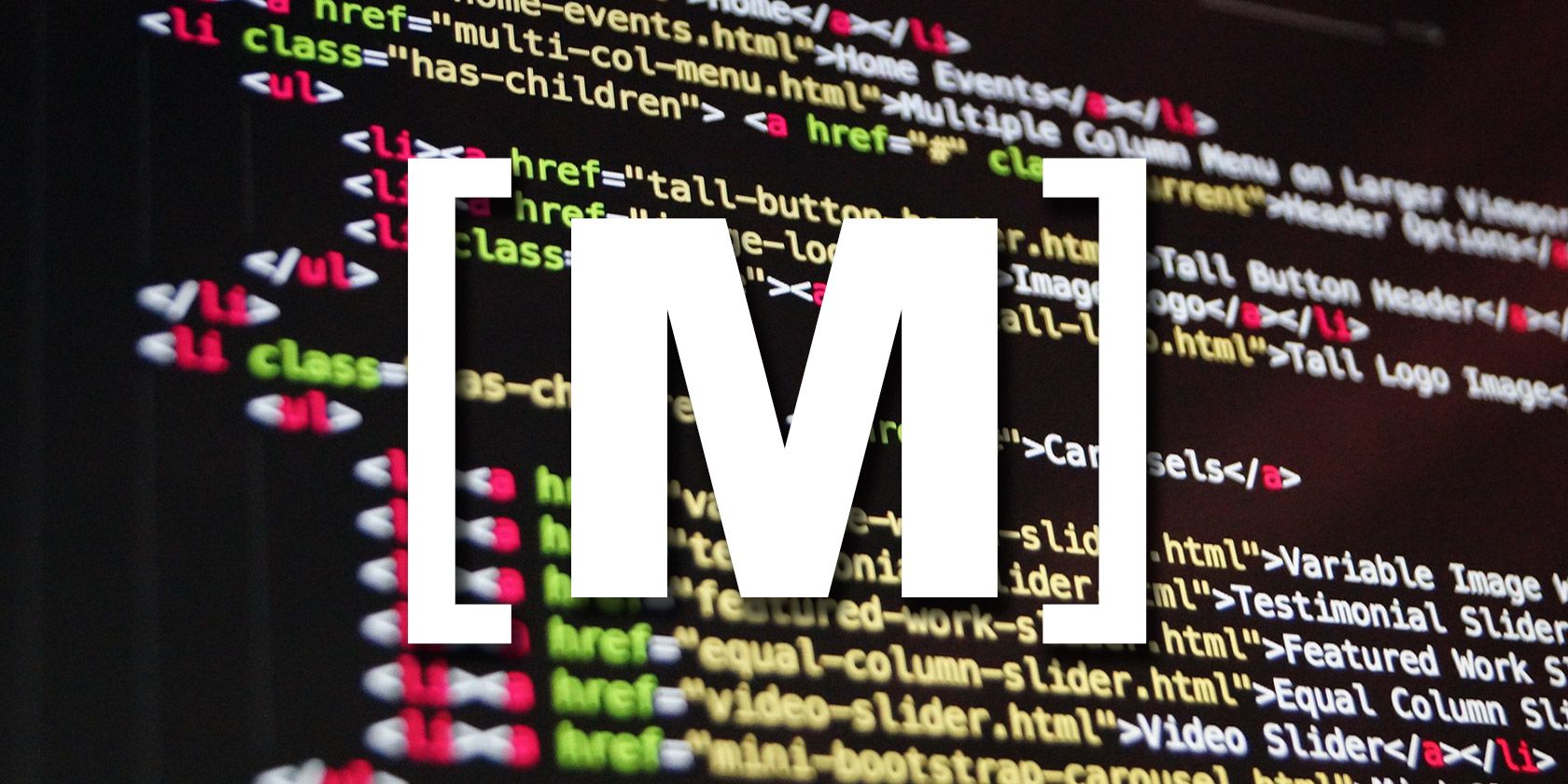Learning Markdown
Markdown is a lightweight and easy-to-use syntax for styling all forms of writing on the GitHub platform.
Learning Markdown takes you from the beginning — how to set up a page, how to format text, work with images and links and lists, and more. Mar 18, 2016 Markdown is a very simple language and can be easily mastered in under an hour. I made this quick 34 minute mini course for anyone who is looking to learn markdown for the first time, or fill in any gaps along the way, or just see my personal process and workflow when I write markdown.
- Markdown is a an easy-to use, lightweight markup language with syntax that maximizes readability and ergonomics while writing and makes publishing for the web super easy. It was created by John Gruber and Aaron Swartz, and is now used on thousands of websites and inside some of the world's most popular open source projects.
- Always learning. Define the term markdown when applied. Define the term Markdown when Applied to Selling.
- Learning objectives In this module, you will: Use Markdown to add lists, images, and links in a comment or text file.
What you will learn:
- How the Markdown format makes styled collaborative editing easy
- How Markdown differs from traditional formatting approaches
- How to use Markdown to format text
- How to leverage GitHub’s automatic Markdown rendering
- How to apply GitHub’s unique Markdown extensions
What is Markdown?
Markdown is a way to style text on the web. You control the display of the document; formatting words as bold or italic, adding images, and creating lists are just a few of the things we can do with Markdown. Mostly, Markdown is just regular text with a few non-alphabetic characters thrown in, like # or *.
You can use Markdown most places around GitHub:
- Comments in Issues and Pull Requests
- Files with the
.mdor.markdownextension
For more information, see “Writing on GitHub” in the GitHub Help.
Examples
Syntax guide
Here’s an overview of Markdown syntax that you can use anywhere on GitHub.com or in your own text files.
Headers
Emphasis
Lists
Unordered
Ordered
Images

Links
Blockquotes
Inline code
GitHub Flavored Markdown
GitHub.com uses its own version of the Markdown syntax that provides an additional set of useful features, many of which make it easier to work with content on GitHub.com.

Note that some features of GitHub Flavored Markdown are only available in the descriptions and comments of Issues and Pull Requests. These include @mentions as well as references to SHA-1 hashes, Issues, and Pull Requests. Task Lists are also available in Gist comments and in Gist Markdown files.
Syntax highlighting
Here’s an example of how you can use syntax highlighting with GitHub Flavored Markdown:
You can also simply indent your code by four spaces:
Here’s an example of Python code without syntax highlighting:
Task Lists
If you include a task list in the first comment of an Issue, you will get a handy progress indicator in your issue list. It also works in Pull Requests!

Tables
You can create tables by assembling a list of words and dividing them with hyphens - (for the first row), and then separating each column with a pipe |:
Would become:
| First Header | Second Header |
|---|---|
| Content from cell 1 | Content from cell 2 |
| Content in the first column | Content in the second column |
SHA references
Any reference to a commit’s SHA-1 hash will be automatically converted into a link to that commit on GitHub.
Issue references within a repository
Any number that refers to an Issue or Pull Request will be automatically converted into a link.
Username @mentions
Typing an @ symbol, followed by a username, will notify that person to come and view the comment. This is called an “@mention”, because you’re mentioning the individual. You can also @mention teams within an organization.

Automatic linking for URLs
Any URL (like http://www.github.com/) will be automatically converted into a clickable link.
Strikethrough
Any word wrapped with two tildes (like ~~this~~) will appear crossed out.
Emoji
GitHub supports emoji!
To see a list of every image we support, check out the Emoji Cheat Sheet.
Last updated Jan 15, 2014
What is Markdown?
It’s a plain text format for writing structured documents, based on formatting conventions from email and usenet.
Who created Markdown?
It was developed in 2004 by John Gruber in collaboration with Aaron Swartz. Gruber wrote the first markdown-to-html converter in Perl, and it soon became widely used in websites. By 2014 there were dozens of implementations in many languages.
Why is CommonMark needed?
John Gruber’s canonical description of Markdown’s syntax does not specify the syntax unambiguously.
In the absence of a spec, early implementers consulted the original Markdown.pl code to resolve these ambiguities. But Markdown.pl was quite buggy, and gave manifestly bad results in many cases, so it was not a satisfactory replacement for a spec. Markdown.pl was last updated December 17th, 2004.
Because there is no unambiguous spec, implementations have diverged considerably over the last 10 years. As a result, users are often surprised to find that a document that renders one way on one system (say, a GitHub wiki) renders differently on another (say, converting to docbook using Pandoc). To make matters worse, because nothing in Markdown counts as a “syntax error,” the divergence often isn’t discovered right away.
There’s no standard test suite for Markdown; MDTest is the closest thing we have. The only way to resolve Markdown ambiguities and inconsistencies is Babelmark, which compares the output of 20+ implementations of Markdown against each other to see if a consensus emerges.
We propose a standard, unambiguous syntax specification for Markdown, along with a suite of comprehensive tests to validate Markdown implementations against this specification. We believe this is necessary, even essential, for the future of Markdown.
That’s what we call CommonMark.
Who are you?
We’re a group of Markdown fans who either work at companies with industrial scale deployments of Markdown, have written Markdown parsers, have extensive experience supporting Markdown with end users – or all of the above.
- John MacFarlane, jgm@berkeley.edu
- David Greenspan
- Vicent Marti, vicent@github.com
- Neil Williams, neil@reddit.com
- Benjamin Dumke-von der Ehe
- Jeff Atwood, jatwood@codinghorror.com
How can I help?
Exercise our reference implementations, or find a community implementation in your preferred environment or language. Provide feedback!
If a CommonMark implementation does not already exist in your preferred environment or language, try implementing your own CommonMark parser. One of our major goals is to strongly specify Markdown, and to eliminate the many old inconsistencies and ambiguities that made using Markdown so difficult. Did we succeed?
Where can I find it?
spec.commonmark.org
The CommonMark specification.
code.commonmark.org
Reference implementation and validation test suite on GitHub.
talk.commonmark.org
Public discussion area and mailing list via Discourse.

commonmark.org/help
Quick reference card and interactive tutorial for learning Markdown.
spec.commonmark.org/dingus/
Live testing tool powered by the reference implementation.
When is the spec final?
Learning Markdown Method
The current version of the CommonMark spec is quite robust after many years of public feedback.
There are currently CommonMark implementations for dozens of programming languages, and the following sites and projects have adopted CommonMark:
Learning Markdown Tool
- Discourse
- GitHub
- GitLab
- Qt
- Stack Overflow / Stack Exchange
- Swift
